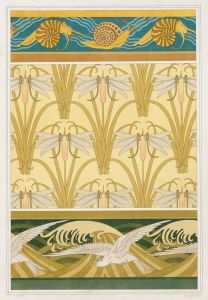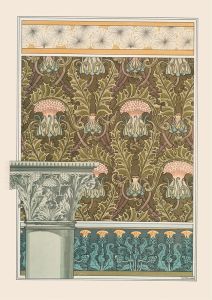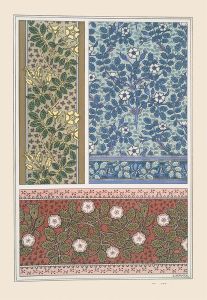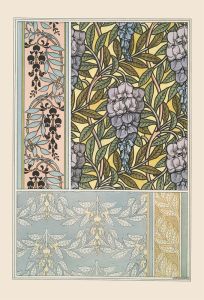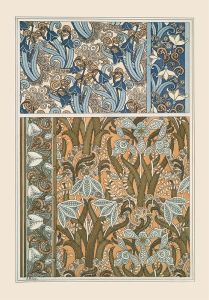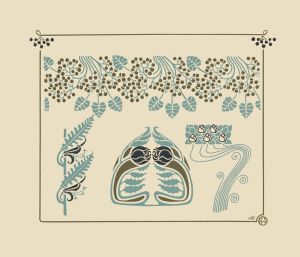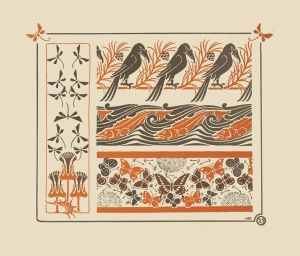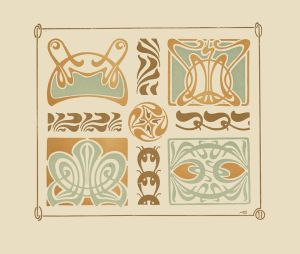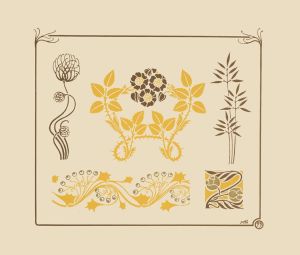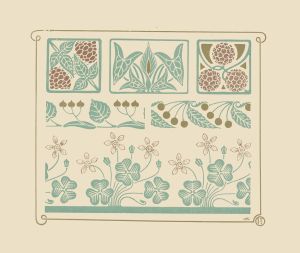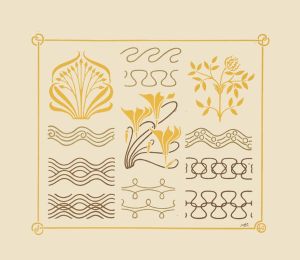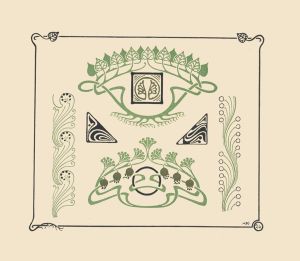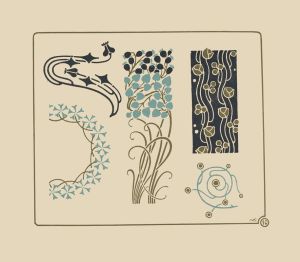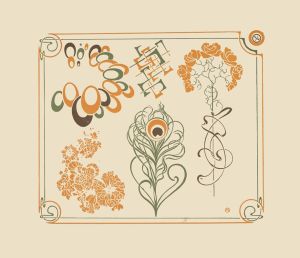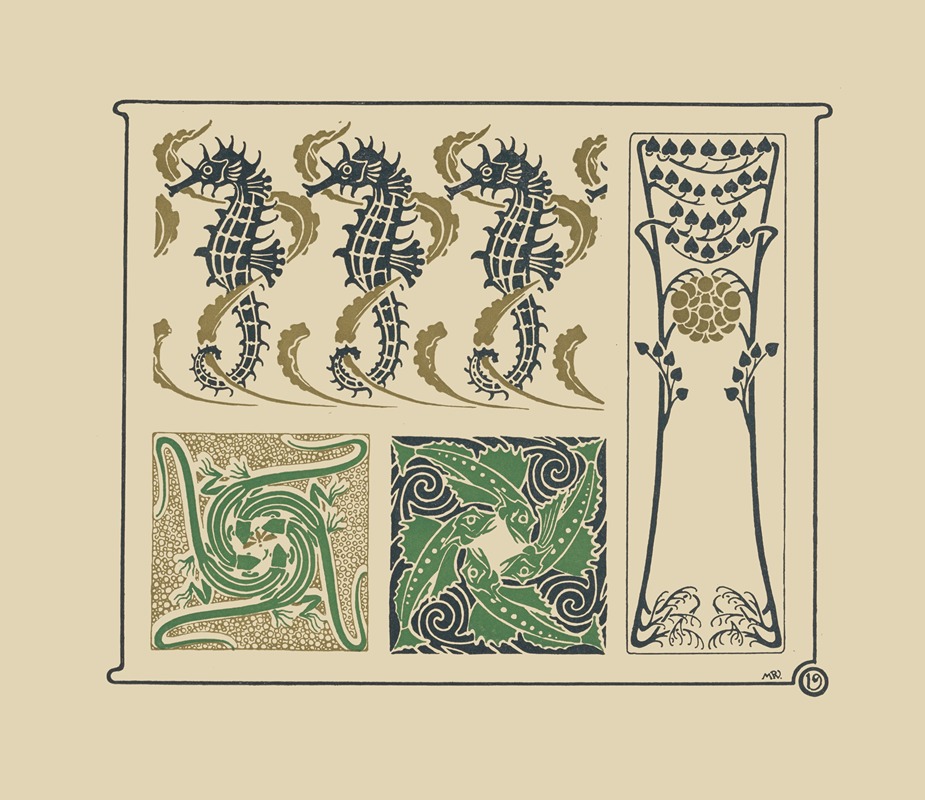
Abstract design based on seahorses, fish, lizards, tiny leaves.
A hand-painted replica of Maurice Pillard Verneuil’s masterpiece Abstract design based on seahorses, fish, lizards, tiny leaves., meticulously crafted by professional artists to capture the true essence of the original. Each piece is created with museum-quality canvas and rare mineral pigments, carefully painted by experienced artists with delicate brushstrokes and rich, layered colors to perfectly recreate the texture of the original artwork. Unlike machine-printed reproductions, this hand-painted version brings the painting to life, infused with the artist’s emotions and skill in every stroke. Whether for personal collection or home decoration, it instantly elevates the artistic atmosphere of any space.
Maurice Pillard Verneuil was a prominent French artist and designer, known for his contributions to the Art Nouveau movement, which flourished from the late 19th century to the early 20th century. Verneuil's work is characterized by its intricate patterns, vibrant colors, and the incorporation of natural elements, which are evident in his piece "Abstract design based on seahorses, fish, lizards, tiny leaves."
This artwork exemplifies Verneuil's fascination with the natural world and his ability to translate it into decorative art. The design is a harmonious blend of marine and terrestrial motifs, featuring seahorses, fish, lizards, and tiny leaves. These elements are stylized and arranged in a way that reflects the Art Nouveau style's emphasis on organic forms and flowing lines. The seahorses and fish suggest a connection to the aquatic environment, while the lizards and leaves introduce a terrestrial aspect, creating a balanced composition that bridges different realms of nature.
Verneuil's approach to design was heavily influenced by the principles of Japonisme, which was the European interpretation and imitation of Japanese art and design. This influence is apparent in the way he simplifies and stylizes natural forms, focusing on their aesthetic qualities rather than realistic representation. The use of bold outlines and flat areas of color in this design can be seen as a nod to Japanese woodblock prints, which were highly regarded in Europe during the Art Nouveau period.
The choice of subjects in this design also reflects the Art Nouveau movement's broader interest in biodiversity and the exotic. During this time, there was a growing fascination with the natural sciences, and artists like Verneuil were inspired by the diversity of life forms. By incorporating creatures like seahorses and lizards, Verneuil not only showcases his artistic skill but also engages with contemporary interests in nature and science.
Verneuil's designs were often used in various applied arts, including textiles, wallpapers, and ceramics. His ability to create visually striking patterns made his work highly sought after for interior decoration. The "Abstract design based on seahorses, fish, lizards, tiny leaves" could have been intended for such applications, serving as a decorative motif that enhances the aesthetic appeal of everyday objects and spaces.
In addition to his design work, Verneuil was also an author and educator. He published several books on design and ornamentation, sharing his knowledge and insights with a wider audience. His publications often included plates of his designs, which served as both inspiration and practical resources for other artists and designers.
Overall, Maurice Pillard Verneuil's "Abstract design based on seahorses, fish, lizards, tiny leaves" is a testament to his skill as a designer and his ability to capture the essence of the natural world in a stylized and decorative manner. Through his work, Verneuil contributed to the rich tapestry of the Art Nouveau movement, leaving a legacy that continues to inspire designers and artists today.





